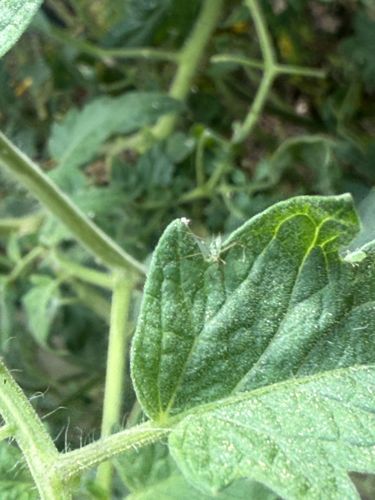Aphid
Scientific Name: Aphidoidea (Superfamily)
Order & Family: Hemiptera, Aphididae
Size: Typically 1-3 mm (0.04-0.12 inches) in length.

Natural Habitat
Aphids are common in gardens, agricultural fields, greenhouses, and virtually any environment where plants are present. They are especially prevalent on new growth and tender parts of plants.
Diet & Feeding
Aphids feed by piercing plant tissues with their stylets and sucking out the sugary sap (phloem). This feeding can lead to stunted growth, distorted leaves, and general weakening of the plant.
Behavior Patterns
They are typically slow-moving and can be found on the undersides of leaves or along stems. They reproduce rapidly, especially in warm, dry conditions, and can produce multiple generations in a single growing season. Aphids often form colonies and can be tended by ants, which feed on the honeydew the aphids excrete.
Risks & Benefits
Risks: Aphids can cause significant damage to plants by direct feeding, leading to wilting, yellowing, and growth deformities. They also transmit various plant viruses, which can be more destructive than the direct feeding. Benefits: Aphids serve as a food source for many beneficial insects such as ladybugs, lacewings, and hoverfly larvae, making them important in the food chain. However, their destructive agricultural impact generally outweighs ecological benefits from a human perspective.
Identified on: 8/31/2025